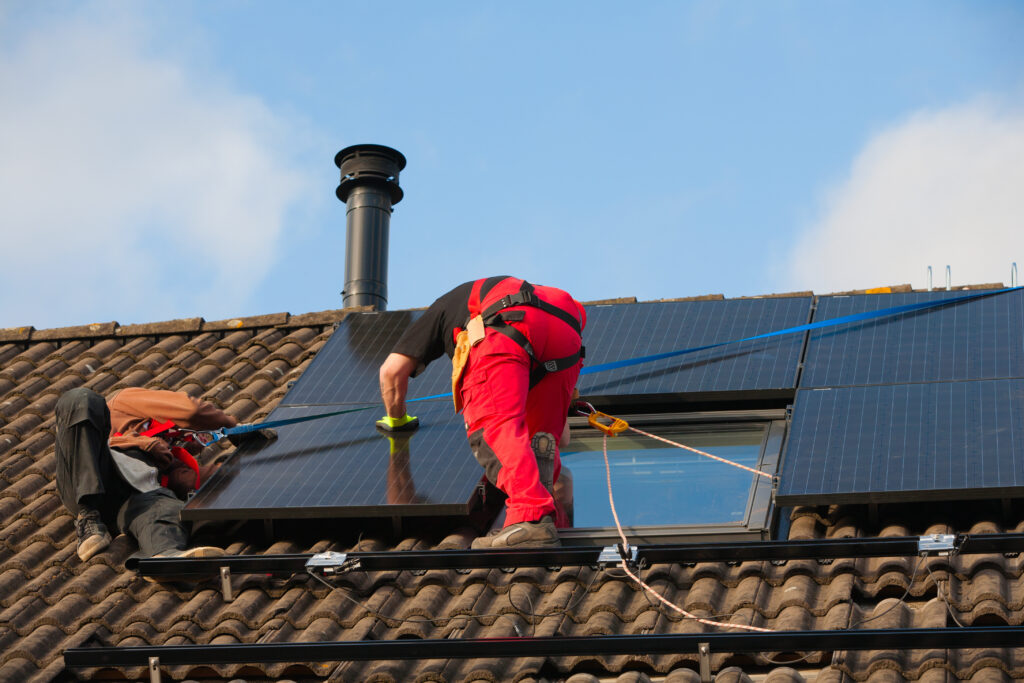You can never have too much of a good thing. Which is why if you already have solar panels, you may consider installing more.
Maybe your home needs more energy. Maybe you want to decrease your energy bill even further. And maybe you want to be able to sell excess electricity back to your utility company.
In any case, if you’re ready to invest in more solar, here are six common pitfalls you need to avoid.
Check your existing warranty.
Make sure adding new panels doesn’t void your existing installation warranty. Losing the last five years of a ten-year warranty could mean losing coverage right when installations go south. In order to keep your existing warranty, new panels must usually be installed by the same contractor as the original panels.
If you decide to use a different contractor, they will likely only give you a warranty on anything that was completely their work; they don’t want to be responsible for any mistakes of a different contractor.
Match the panels’ power outputs.
Ensure that your new panels match the approximate power output of your original panels. Power is important because it represents the current: the number of electrons passing through wires per a unit of time. Running two different currents through the same wiring and inverters can cause serious issues and damage your equipment.
If your new panels are a different power rating, you may need to install a discrete system. This aggregates the installation prices of the wiring and new inverter you will need.
Check your inverter’s load capacity.
Make sure your inverter can handle the current load of more solar panels. Legally, inverters can take up to 133% of their advertised load. But any more, and you’ll need to install a new inverter. If you end up exceeding the maximum current load of your original inverter, adding an inverter would be less expensive than replacing it.
Alternatively, you could install microinverters with each new panel, which are slightly more expensive, but skip over your main inverter so it doesn’t get overloaded. Microinverters also allow you to install higher capacity solar panels than your original ones.
Look up permit requirements.
It’s possible that your utility company will require new permits for adding solar panels. If they do, be sure to submit them. Whether or not you will require a new permit typically depends on how many new panels you’re installing, whether you need a new inverter, and your area’s permit specifications.
Research government incentives.
Double-check than any government or other incentives you plan to use can be applied more than once per person and property. Typically rebates–deductions on the total price of solar during installation–are for first-time buyers of solar, but tax credits–deductions from your taxes when tax season comes around–are available to any-time buyers.
Decide where to put them.
Make sure there’s room on the sun-facing side of roof for more solar panels. If there’s not room, you may consider adding a ground-mounted system to your property. Alternatively, you could add a roof-mounted system to sheds, garages, or other structures on your property.
Alternatively, to keep your home as up-to-date as possible, you could rotate through newer, more efficient solar panels once every twelve years or so. Twelve years is the half-life of most panels, and also the point where they start to go downhill.
Adding solar panels onto an existing system is a compelling way to save more money and use greener energy. Hopefully these six tips will help you in the process of adding more solar panels onto your existing system.
(Side note: some contractors build original solar systems with expansion in mind, so depending on your contractor, a couple of these problems might be void (especially numbers 1 and 3).)


